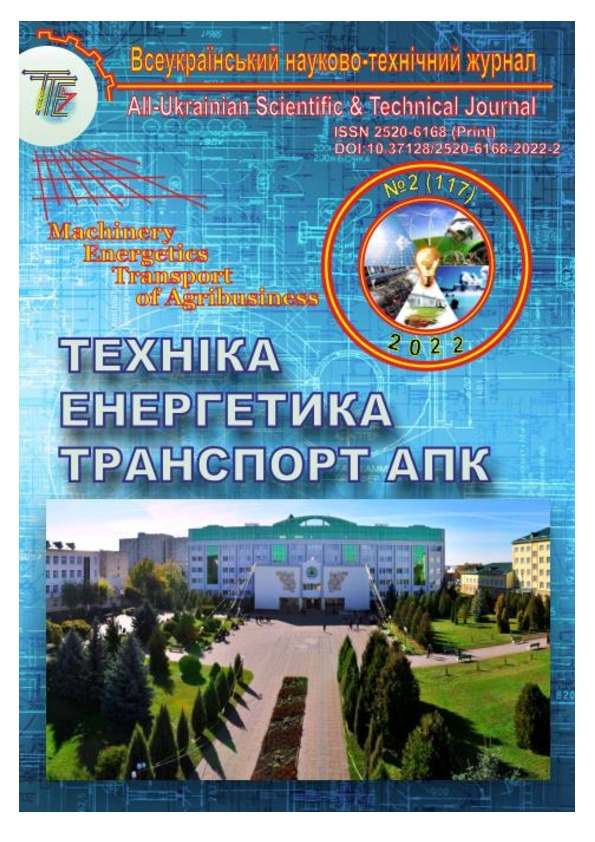id: 31490
Назва: The efficiency of using agras drones for spraying, their design, technical and technological features
Автори: Kholodiuk O., Tokarchuk O.
Ключові слова: unmanned aerial vehicle, hexacopter, Agras, drone-sprayer, spraying, flight planning, shift time utilization factor, shift time balance, drone performance.
Дата публікації: 2022-09-19 09:44:39
Останні зміни: 2022-09-19 09:44:39
Рік видання: 2022
Аннотація: Agrotechnical operations on spraying crops from diseases and pests are an important part of almost any agricultural technology. They make up a significant part of the cost of all agricultural technology and, as a result, the cost of the final product. The use of unmanned aerial vehicles (UAVs) has a huge potential in agriculture and every year the interest in their use grows primarily in the implementation of the tasks of precision farming. The object of research in this article is the process of spraying work areas with Agras unmanned aerial vehicles. The aim of the study is to study the effectiveness of DJI`s Agras drones in spraying cultivated plants with pesticides, diseases, weeds and to establish their design and operating features. The objectives of the work are to establish the design and mode features of unmanned aerial vehicles Agras T16, T20 and T30; to find out their productivity on spraying of cultural sites and to substantiate possible reserves in increase of productivity of drones-sprayers. The research methodology is based on the method of cognitive activity, mathematical modeling, methods of analysis and synthesis of both information from official sources and information from the works of other researchers. The scientific work considers the excellent technical and operational features of hexacopters Agras T16, T20 and T30. The performed analysis allows us to assert the dynamics in improving the efficiency of their use. The practical aspects of their use in spraying with plant protection products, the choice of the required mode of exploitation are substantiated. It is noted that the performance of sprayers depends on the diameter of the swing of the rotors, which create a downward flow of air, the number of rotors and the height above the crop surface. Their maximum permissible speed is limited by the performance of the installed pumps, the capacity of the nozzles to ensure a given rate of discharge of the working drug, by properties of substances of the tank mixture, etc. The calculation of operational productivity Sparaying Drones Agras T16, T20 and T30 at the length of the runs of sections 750 and 1000 m is given. Productivity of Sparaying Drones Agras T16, T20 and T30 at a run length of 1000 m is obtained, respectively, 7.65; 8.29 and 10.5 ha/h. With the reduction of the run length to 750 m, the productivity of all Sparaying Drones Agras T16, T20 and T30 increases, respectively 8.40; 9.10 and 11.06 ha/h. Analyzing the balance of time of change of Agras drones in percentage it was found, that about 25 % is due to downtime of unregulated time, which is caused by technical malfunctions, organizational problems and weather conditions. The most important reserves in increasing the productivity of DJI`s Agras drones for spraying cultivated plants with pesticides, diseases and weeds have been noted.
URI: http://repository.vsau.org/repository/getfile.php/31490.pdf
Тип виданя: Статті у наукових фахових виданнях України (Copernicus та інші)
Видавництво: Engineering, Energy, Transport AIC. 2022. № 2 (117). P. 63-74.
Розташовується в колекціях :
Ким внесений: Адміністратор
Файл : 31490.pdf Розмір : 3064117 байт Формат : Adobe PDF Доступ : Загально доступний

| |
|
|